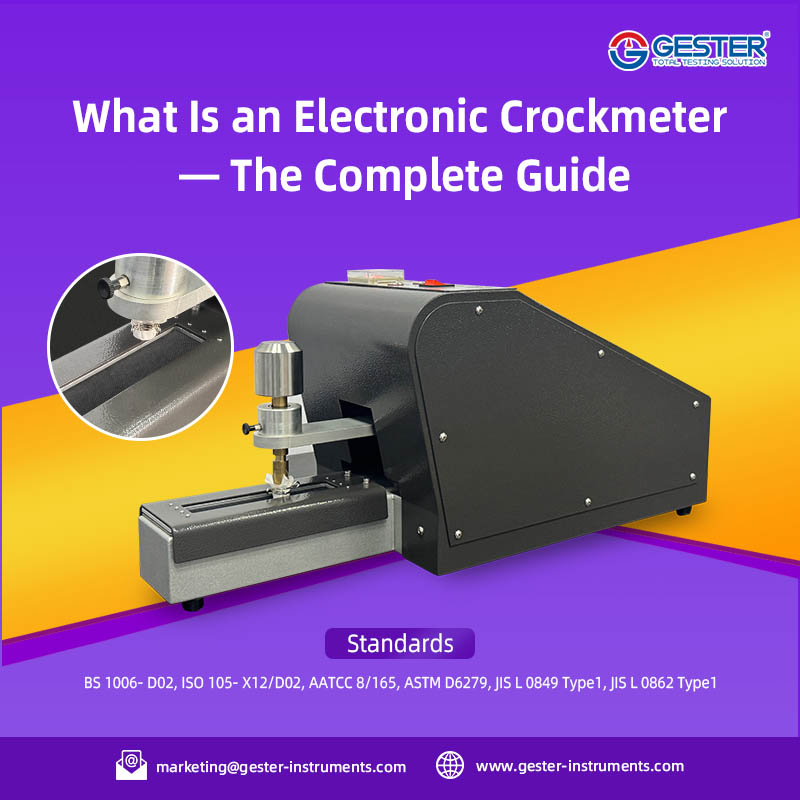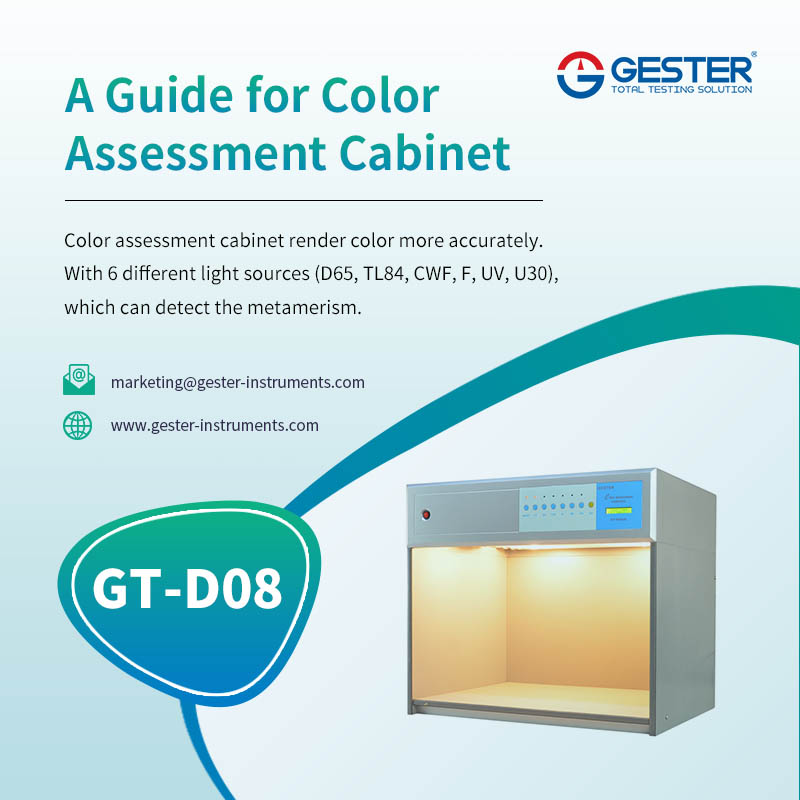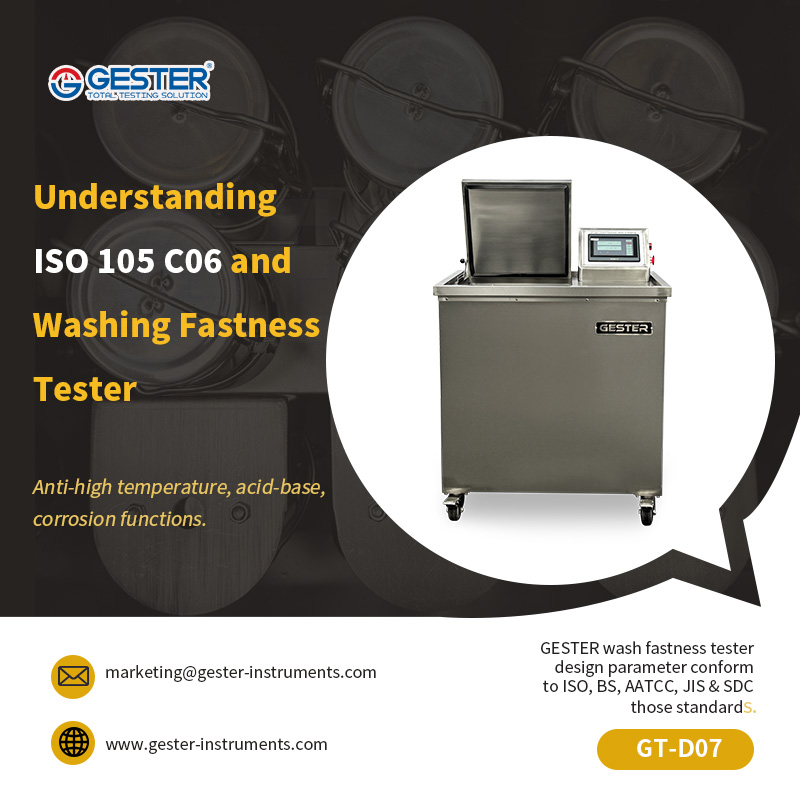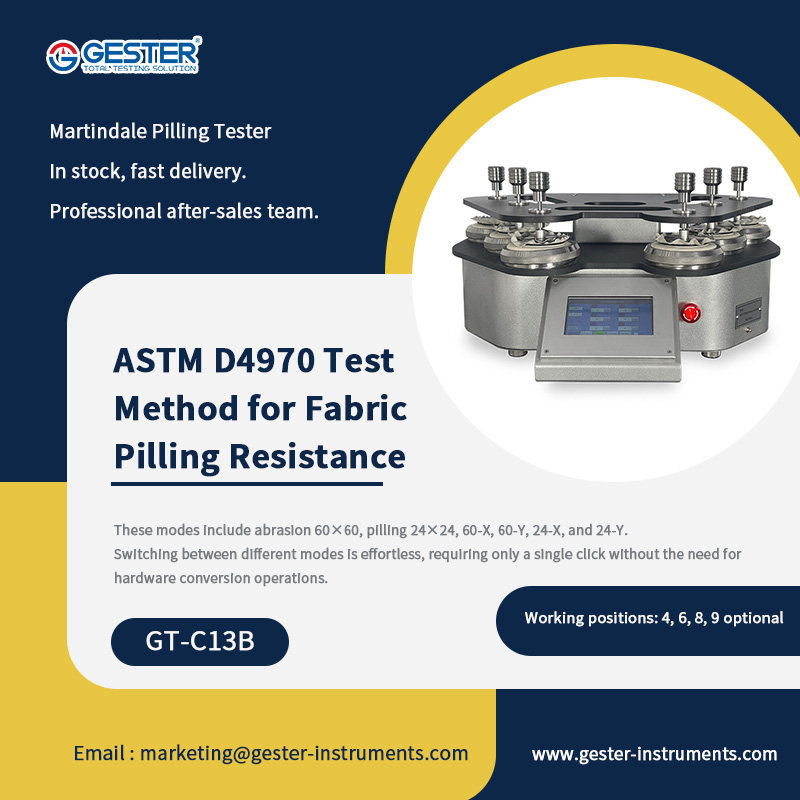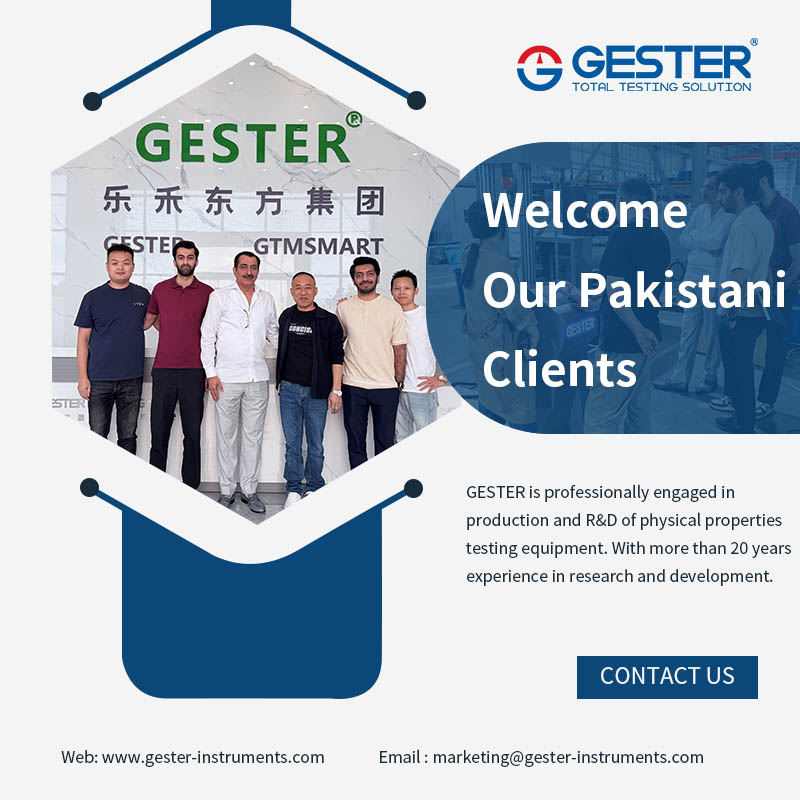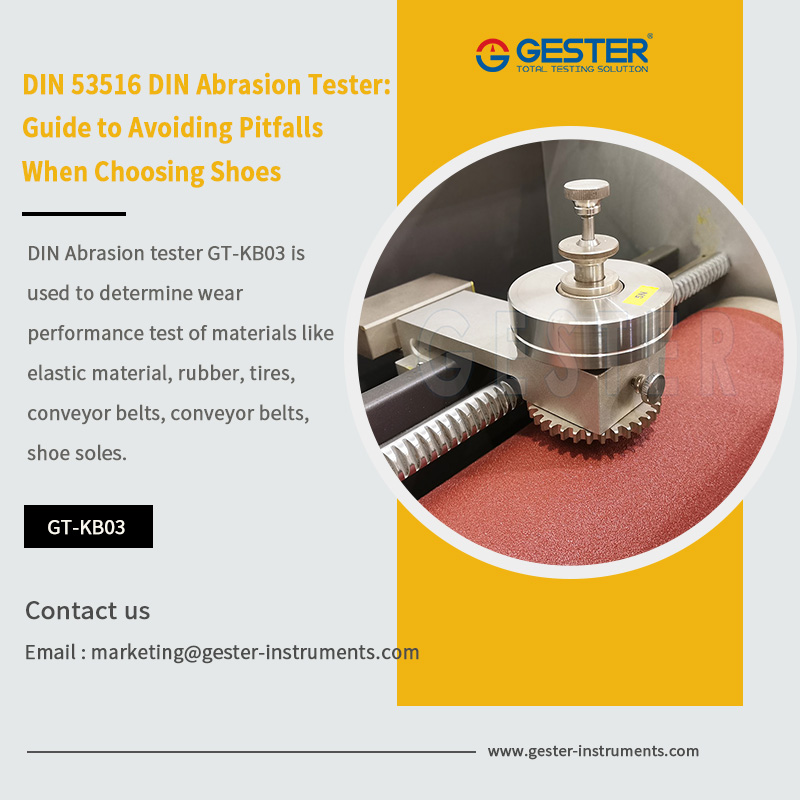DIN 53516 Abrasion Tester: Guide to Avoiding Pitfalls When Choosing Shoes
October 27, 2025
DIN 53516 DIN Abrasion Tester: Guide to Avoiding Pitfalls When Choosing Shoes The abrasion resistance of shoe soles is one of the most important indicators for evaluating the quality of footwear products. For manufacturers and brand owners, ensuring that soles have excellent wear resistance and extended service life has become a crucial aspect of production and quality control. The Core Significance of Sole Abrasion Resistance Abrasion resistance is one of the key performance indicators for sports shoe soles, directly influencing both user experience and product lifespan. During activities such as running and jumping, soles endure varying degrees of friction and wear. If the soles lack sufficient abrasion resistance, issues like cracking, peeling, or delamination may occur, which can lead to safety hazards and consumer complaints. Good abrasion resistance not only ensures the structural stability of the sole but also helps absorb impact effectively, protecting foot health. As a vital part of reliability testing, abrasion testing helps manufacturers identify potential risks early, improve overall product quality, reduce rework and after-sales issues, and build a positive brand reputation. What is DIN 53516? DIN 53516 is a German industrial standard established by the Deutsches Institut für Normung (DIN), the German Institute for Standardization. This standard specifically defines a method for testing the abrasion resistance of rubber materials. It provides a precise and consistent methodology to evaluate the wear properties of rubber and elastomeric materials, ensuring uniformity and comparability across different batches and manufacturers. Why Choose DIN 53516 as the Abrasion Standard for Sports Shoe Soles DIN 53516 is a wear resistance testing specification for rubber soles developed by the German Industrial Standards Organization. Its testing method simulates the frictional conditions experienced by soles during real-life use, effectively assessing the material’s resistance to wear. Compared with other abrasion testing standards, DIN 53516 offers higher accuracy and repeatability, providing a more realistic representation of how sole materials perform under various environmental conditions. Purpose and Scope The main purpose of DIN 53516 is to establish a standardized procedure for testing the abrasion resistance of rubber compounds. It applies to various types of rubber and elastomeric materials used in production, ensuring their suitability and durability for specific applications. How to select the appropriate instrument? Select an instrument that complies with the DIN 53516 standard. GESTER DIN Abrasion tester GT-KB03 is used to determine wear performance test of materials like elastic material, rubber, tires, conveyor belts, conveyor belts, shoe soles. Standards of DIN Abrasion tester: DIN-53516, JIS-K6369, JIS K6264-2,GB/T 20991 section 8.3, GB/T 20265, GB20266-2006, GB/T 9867, EN ISO 20344-2021 section 8.3, AS/NZS 2210.2 section 8.3, ISO...
View More
